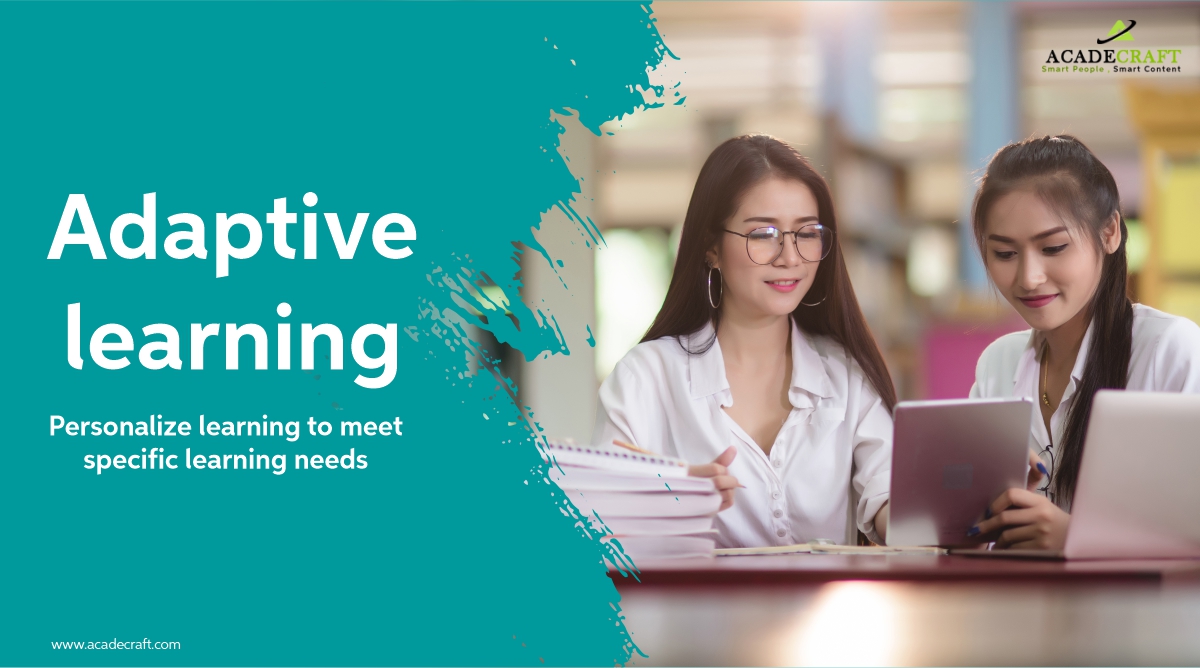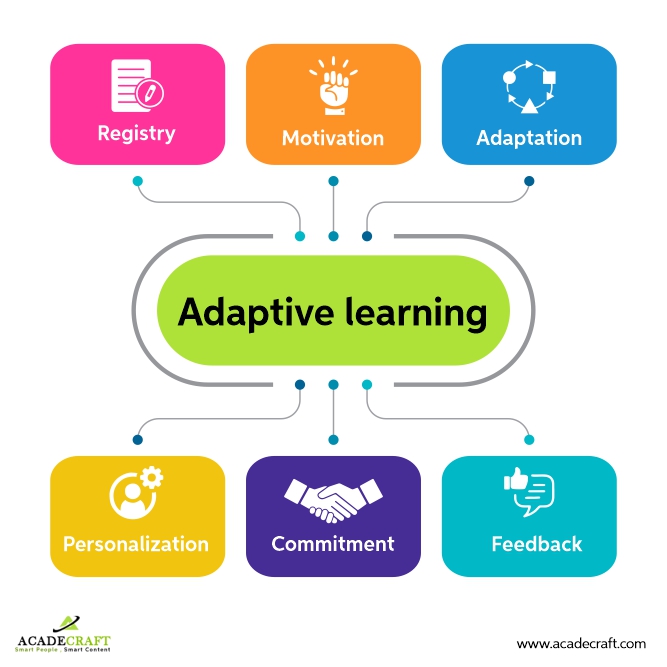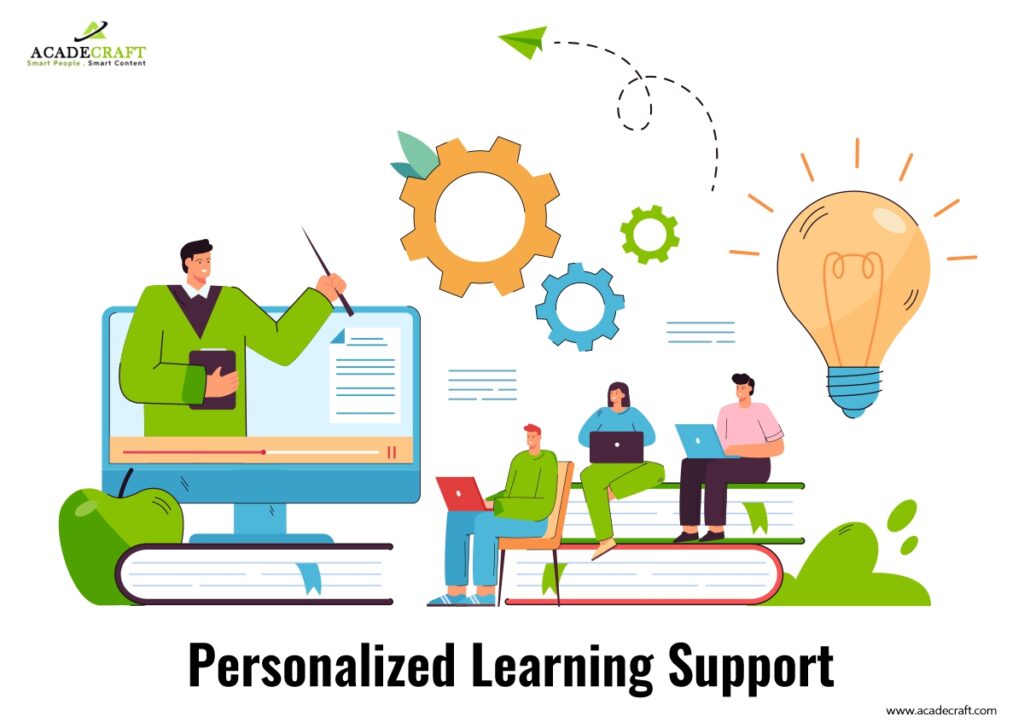
In today?s digital world, personalization is the new normal. From OTT platforms to eCommerce websites, personalized content and services are trending everywhere. And when every platform is delivering personalized content, it has now become a necessity in L&D too! Educational institutions, eLearning companies, and even the corporate houses are looking for ways to deliver personalized learning and training experience. And, Adaptive Learning Systems can prove to be game-changers in this regard.?
But, the organizations often experience issues while drafting effective adaptive learning strategies. They fail to efficiently prioritize their needs. As a result, they end up with either a too weak adaptive learning strategy, or a too complicated one which can never be implemented.
If your organization is also struggling to draft an efficient adaptive learning strategy, this blog is for you! In today?s blog, we will discuss 7 effective tips which will help you in drafting a creative and efficient adaptive learning strategy. So, let?s begin!
Especially for the corporate, continuous learning culture forms one of the pillars of a successful adaptive training strategy. So, try to develop an environment of continuous growth and development in your organization. This environment will compel the employees to keep improving their skills continuously.
Once you start focusing on continuous learning, drafting a L&D strategy will become easier for your company, as now, your company can focus on long-term goals. Even in that case, you will have to make several efforts to ensure employee engagement. And for this purpose, you can adopt the following measures:
Once you succeed in blooming a continuous learning mindset within your organization, start collecting your learner?s / trainee?s data from verified sources. This data should speak about their learning habits, interests, specializations, skills, and most importantly, their weaknesses.
Once you get the data, try to connect it with the employee?s current job specifications, industries, and other job-related information. By doing so, you can figure out how to develop the most interesting and effective training module for a particular employee.
Similar is the case for the eLearning companies as well. By collecting the learner?s data, you can figure out the topics in which your learners are weak or are least interested. Then, connect that topic with the industry or job they find interest in. In this way, you can motivate them to learn the topics!?

But, this data mining and data analysis process can be a bit difficult at times. That is why, you can either do it manually, or take help of the different adaptive learning systems.?
One of the biggest roadblocks in adaptive L&D is irrelevant content. In order to impart additional skills to the learner, the organizations often end up delivering content that does not attract the learners. So, they often skip that part, or sometimes, even lose interest from the learning program and leave it in the middle.
To avoid such situations, start developing industry-specific, job-specific, and skill-specific content. Such content would interest the learners. Also, they should add industry-specific assignments which can add value to their working skills.
To develop an efficient adaptive learning program, you need to customize every aspect of the course, so that the learners can get exactly what they need. Now, it basically involves two things. First, developing specific content for the specific need of learners. Second, developing an advanced algorithm so that your LMS or LXP portal can feed appropriate content at appropriate time.
But, for this purpose, you will have to develop multiple modules for the same course. You can follow the following steps for this process.
And if you can?t figure out how to do it, take help of the professional adaptive learning systems and service providers.??
For any adaptive learning program, flexibility is a necessity. Your learners should have the freedom to choose when and how they will learn. That is why building self-paced and flexible learning modules is important. In order to ensure that your learning program is completely flexible, you should take care of the following steps:
In case of adaptive learning, the organizations often stress on continuous learning and self-learning. But, if the learners are allowed to learn through a series of continuous activities, then it is obvious that they will have several doubts on regular intervals. To ensure that they get a proper medium for clearing their doubts, the organizations should provide them a dedicated channel for doubt redressal.

This learner support system should consist of subject matter experts, learning managers, and chat support executives. Also, keep tracking the feedback given by the learner support team regularly. They sometimes suggest certain activities based on the feedback received from the learners. Such activities might be helpful in increasing the popularity of the program.???
Interactive content always increases engagement rates. Interesting animated videos, gamified assessments, and occasional fun activities can keep the learners engaged for a longer duration of time. But, they should also make sure that they add relevant content only.
Often they need some help in developing this interactive content. That is why, the companies often take help of the professional adaptive learning service providers for this purpose.?
For an effective adaptive learning strategy, the companies must make sure to encourage continuous learning habits within their organization. Then, they must develop adaptive learning systems which deliver the most appropriate learning content to their employees / learners. They should focus on making the learning programs flexible and engaging.
If you need help in designing your adaptive learning strategy, then Acadecraft is here to help you out! Our experts do proper research and deliver the most appropriate adaptive learning systems to satisfy all our client?s needs.
Share